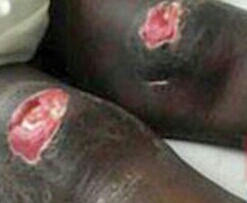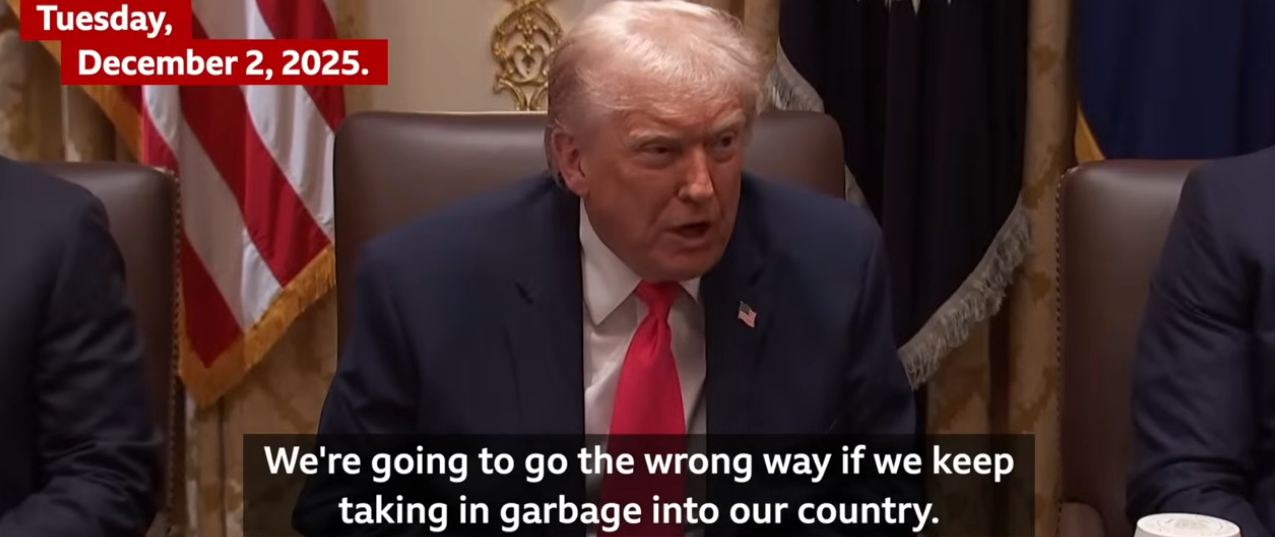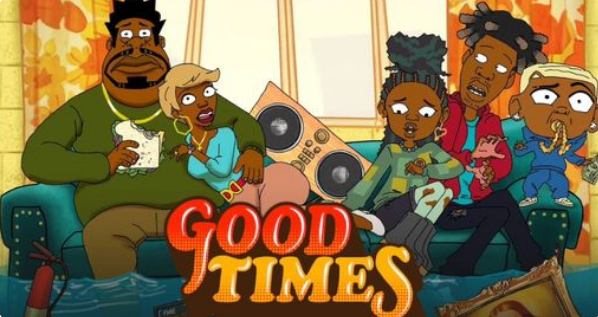Mayor Geoffrey Byamukama’s knees–this is what U.S. taxpayer’s assistance helps accomplish.
[Belly of The Beast]
GULU, Uganda–Over the years, reports by local and international human rights organizations have highlighted the appalling state of gross abuse of human rights including torture by the U.S.-backed Yoweri Museveni regime’s security agencies.
This is the autocrat of 31 years now whose government gets $750 million each year from the U.S. The dictatorship routinely rejects these reports as baseless. So Washington continues to sign checks to the regime and to train soldiers and provide weapons. One such alarming report of human rights abuses is the U.S. Department of States’ section on Uganda in its annual survey of the world.
Acts of torture have been steadily escalating unabated. Gen. Museveni fully supports the use of both physical and mental torture as a means of humiliating, suppressing and subduing his real and perceived political opponents into submission to his tyrannical whims. State-inspired gruesome torture fits well into his designs of reigning over a terrorized and fear-stricken population. On 15th May 2017, in a letter to his top security managers, he tactfully turned around to discourage the use of torture. In his usual style, he wisely saw it fit to dupe Ugandans and the world that he wad an advocate for human rights and indeed his statement made headlines. This is the public Museveni; Ugandans know the other one who operates at night.
His statement was of course prompted by the recent flooding of social media with gruesome pictures of victims of torture at the hands of his security officers. About six months ago, in Ruwenzori region in western Uganda, his security forces shockingly killed, by some accounts, over 100 unarmed civilians and burnt their bodies; those who survived were paraded naked then arrested. Human Rights Watch and the U.S. have called for an independent investigation. Gen. Museveni rewarded the Commander of that massacre operation, Gen. Peter Elwelu by appointing him to head the Land Forces and he was bestowed the Ruwenzori Medal for exemplary performance. The mission had been to storm the palace of Charles Mumbere the traditional king of the Ruwenzururu and rout his supporters.
The U.S. Department of States‘ own report states: “Media outlets reported that, on November 26 and 27 in Kasese District, the Uganda People’s Defense Forces (UPDF) and Uganda Police Force (UPF) killed between 60 and 250 persons, including unarmed civilians, during clashes with supporters of Charles Wesley Mumbere, the Rwenzururu king.” The State Department also adds, “Amnesty International reported that ‘many people appeared to have been summarily shot and their bodies dumped.'” It also added: “On December 15, media published images of the guards at their initial hearing, where defense lawyers asserted their visible injuries resulted from torture.”
How can the so-called “civilized” Western world continue to subsidize a regime of torture?
Torture under Museveni dates to his bush war days in the early 1980s when he was fighting to seize power. Victims were detained in mud-flooded underground cells, subjected to mob beatings, tied “Kandoya”–like a hog– or inflicted with Kafuuni, which was smashing of the skull. At the time, the victims were his own fighters, members of his National Resistance Army (NRA) who were suspected of being disloyal, or enemy agents, or kidnapped functionaries of the Uganda Peoples Congress (UPC) the ruling party at the time.
After Museveni seized power in 1986, the old bush war torture-methods were adopted in dealing with dissenters, more especially those defeated in the northern part of the country. It was the highhandedness and gross human rights abuse by NRA that fueled the insurgency. Gross human rights abuse by Museveni’s NRA in Acholi region, Teso and Karamoja, were well documented by local and international human rights organizations. A simple Google search of “Museveni and torture and Acholi,” or for the other two regions, will confirm this. Recently RT also broadcast “A Brilliant Genocide” by Australian filmmaker Ebony Butler to millions of global viewers.
After the mid-1990s, Gen. Museveni, established the Joint Anti-terrorism Task Force (JATT) under the guise of fighting terrorism. It came along with the establishment of the notorious secret torture and illegal detention facilities commonly known as “safe houses.” Gen. Museveni also created militias to terrorize the population, such as the notorious Kalangala Action Plan (KAP) under Major Kakoza Mutale and the Gulu based Popular Intelligence Network (PIN) who caused mayhem.
It was after public outcry that “Operation Wembley” evolved into the Violent Crime Crack Unit (VCCU); VCCU evolved into Rapid Response Unit (RRU) which in turn also gave rise to the Special Investigations Unit (SIU) that has of recent teamed up with the dreaded “Flying Squad” and established base at the notorious Nalufenya torture facility. The choice of Nalufenya, 50 miles away in the city of Jinja was precipitated by the desire to get away from the public eye in Kampala and to complicate access to the facility by human rights activists and journalists.
Despite the record of buses dating 31 years, no security officer has ever been held accountable for torture under the Museveni regime. Recent torture victim, Geoffrey Byamukama, the mayor of Kamwenge is lucky that he was not killed and dumped or branded an “armed robber” then shot in a “shootout” with the police. He is accused of being involved in the March 17, 2017 assassination in broad daylight of Andrew Kaweesi, the Uganda Police spokesman, by professional hitmen. The public don’t believe it.
Byamukama’s detention and torture were exposed by media. Gruesome photos leaked on social media likely saved his life. Thousands of Museveni’s torture victims will never see justice. The Uganda Human Rights Commission (UHRC) an entity with a good name is meant to provide a cover up for regime excesses; it’s like leashing a rabid pit bull with a thread.
Parliament did a disservice to Ugandans by conniving with the executive to exonerate strict liability for torture from the police as an institution. Therefore, as long as Gen. Museveni remains in power, torture is the order of the day.






